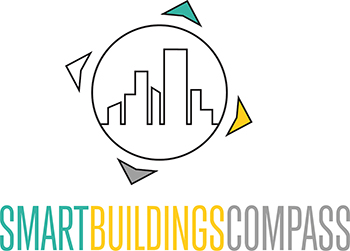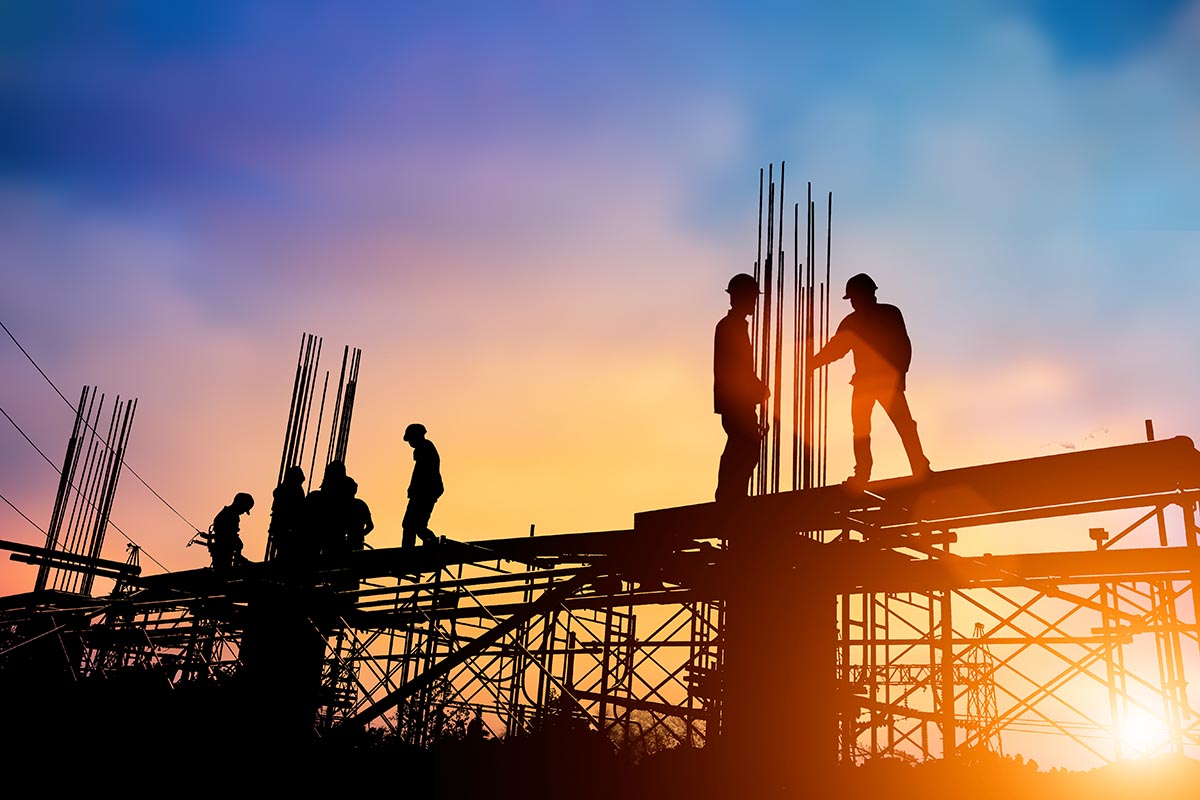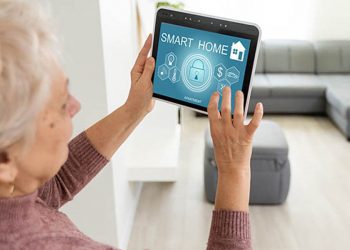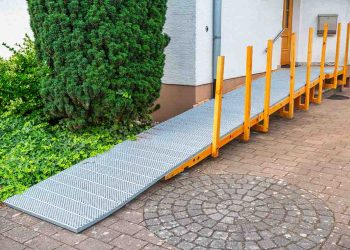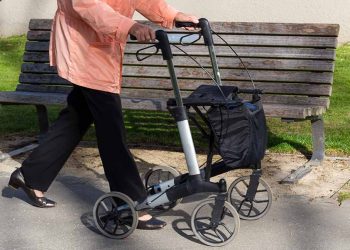Renewable technologies are revolutionizing the construction industry: climate change and the increasing need for sustainable energy generation have led to a focus on renewable technologies in the construction industry. Architects, construction companies and energy experts are working together to make buildings more energy efficient and sustainable. So we take a look at some of the renewable technologies that could shape the future of the building industry.
Why it is important to address energy consumption is illustrated by the following figures: According to “Our World in Data,” energy consumption in Austria totaled 412 TWh in 2021, with buildings consuming about 40% of that on average.
According to data from the European Commission, the energy efficiency of 75% of buildings in the EU leaves a lot to be desired: Inefficient buildings lead to a considerable loss of energy and are more expensive to run than necessary. However, this also means that there is potential here. By using new technologies and concepts, steps can be taken to ensure that these buildings consume fewer resources during construction and operation.
We introduce them:
Photovoltaics
Photovoltaic systems that convert solar energy into electricity have made enormous progress in recent years. Buildings in the future will feature increasingly efficient and aesthetically pleasing solar panels integrated into the building envelope. In addition, technologies such as transparent solar cells enable the use of solar energy in windows, façades and even roofs. This opens up completely new possibilities for power generation in buildings and helps reduce dependence on conventional power sources.
Geothermal energy
Geothermal energy, the use of thermal energy from inside the earth, has the potential to heat and cool buildings in an environmentally friendly way. Geothermal heat pumps are installed in buildings to take advantage of the constant temperature of the ground. This technology can significantly reduce energy consumption and reduce dependence on fossil fuels.
In Vienna, there is a pilot project with the 1st deep geothermal plant in Aspern, which is intended to lay the foundation for successful expansion. The way it works is simple: The thermal water is brought to the surface by means of a feed pump. In the geothermal plant, heat is extracted from the thermal water by means of heat exchangers and fed into the district heating network and distributed. The cooled thermal water is then returned to the thermal water reservoir, creating a closed, renewable cycle.
Intelligent energy management systems
Intelligent energy management systems in buildings use sensors, data analysis and automation to optimize energy consumption in buildings. For example, they can regulate the energy demand of individual rooms based on the presence of people or the time of day. Intelligent energy management systems not only contribute to energy efficiency, but also provide comfort and convenience for residents.
Smart technology can respond to changes in our environment in a much more targeted way. That means: Resources and energy are only used when necessary. Furthermore, intelligent concepts contribute to a better coordination of the different systems – such as heating, hot water, storage and energy generation, e.g. through a photovoltaic system.
The development of efficient energy storage systems is another important aspect of integrating renewable technologies in buildings. Battery technologies, such as lithium-ion batteries, are increasingly being used in buildings to store excess energy from renewable sources.
This stored energy can be used when energy production is lower, for example at night or during cloudy weather. Future developments could lead to more cost-effective and powerful energy storage systems that enable even greater integration of renewable energy.
Roof greening and vertical facade greening
Green roofs are intended to make the place of residence more attractive and livable for people and animals. In terms of technology, everything is possible here – from extensively greened areas requiring little maintenance to play gardens and garden beds. Vegetation on the roof helps lower the temperature of the building by acting as a natural insulating layer and absorbing solar radiation. Green roofs can also retain large amounts of stormwater, relieving pressure on sewers, reducing flooding, and improving the quality of runoff water. Plants absorb pollutants and filter airborne particles, improving air quality in urban areas while providing habitat for plants, insects and birds that often have limited opportunities in urban environments. Vertical garden city also enjoys high popularity, as plants along the facade not only perform technological functions, but also beautify the general cityscape.
Circular economy: Cradle to Cradle concept
In contrast to the traditional “cradle-to-grave” approach, where products are disposed of after their useful life, the cradle-to-cradle principle aims to design products so that they can be fully recycled or biodegraded at the end of their life cycle.
All materials should – also according to the EU’s idea – increasingly be either technical or biological/organic nutrients: technical ones can be used again and again in closed product cycles, while biological ones serve as nutrients for natural ecosystems further down the line. In addition, there should be no pollutants in the building materials. This closed-loop approach is key to achieving climate neutrality for the EU by 2050.
The materials used should be harmless to humans and the environment. Preference is therefore given to materials that can be recycled in closed cycles, are biodegradable and can be returned to natural ecosystems. Examples of such materials are recycled metal, certified wood, biological insulation materials, etc.
The “cradle-to-cradle” system pursues the goal that, based on the materials chosen, the building is designed that it can be easily disassembled and the individual components can be reused or recycled. This promotes the creation of closed material cycles.
Conclusion
Technical innovations in the field of energy efficiency make an important contribution to driving forward the energy transition. The future of the construction industry will be shaped by these technologies: photovoltaics, geothermal energy, intelligent energy management systems and energy storage are just some of the areas in which innovations are being driven forward.
By integrating these technologies into buildings, we can reduce our environmental footprint and reduce our dependence on fossil fuels. Efficiency also means that we use less – energy, raw materials, for example. And that will also be evident in our wallets.
Cover image: Shutterstock
